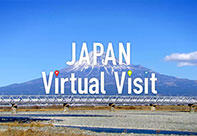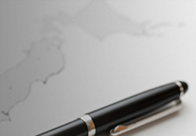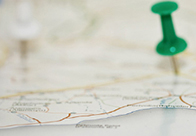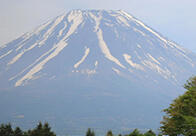Useful Information
-
Geography
Located in East Asia, Japan is an archipelago comprising the four main islands of Hokkaido, Honshu, Shikoku, and Kyushu, with over 6,800 islands in total. Its size is often compared to Germany, and it is slightly smaller than the state of California. Japan’s topography is about 70% mountainous, with residential areas concentrated around coastal plains. The country stretches from north to south forming different natural landscapes, which has led each region to develop their own culture and history, local products, and cuisine.
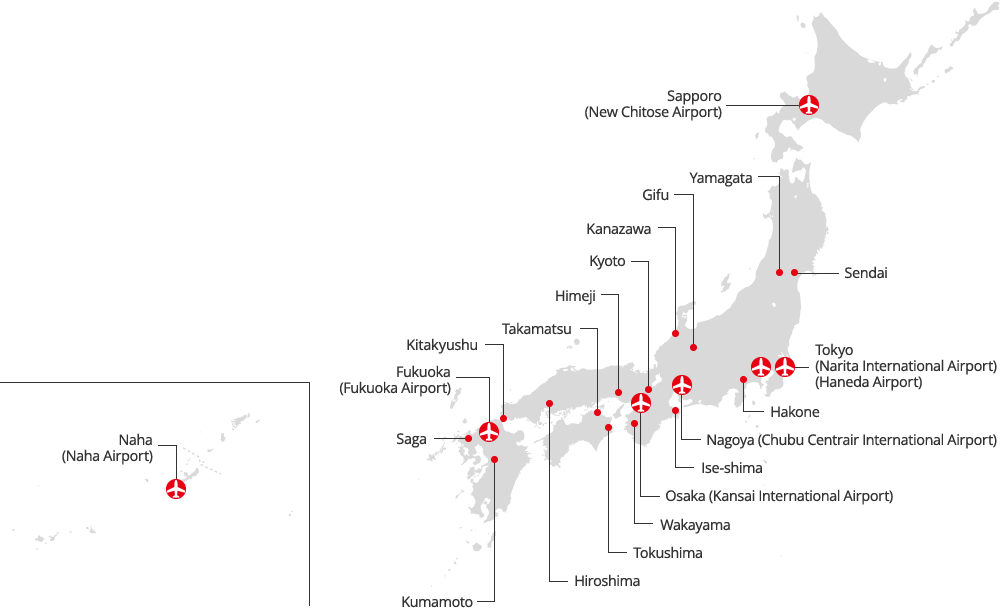
-
Climate
Most of Japan occupies a temperate zone, and the four seasons each have their own appeal. The northernmost island of Hokkaido has a short yet pleasant summer while Okinawa, in the south, has a subtropical climate.
In the main island, spring is cool and breezy with generally sunny skies. Cherry blossoms bloom starting in the south and gradually moving north, between March and May.
The rainy season takes place from late June until mid-July.
Summer is often hot and humid, featuring firework displays and street festivals. Autumn starts in Hokkaido and travels south, with dazzling autumn leaves blanketing the country between late October and early December. Winter is crisp and cool, with clear weather and snow on the mountains. Throughout Japan, you will find variety and beauty in every season. -
Time Zone
Japan is nine hours ahead of GMT, with all the country within the same time zone. There is no daylight saving time.
-
Visa
Travelers from 68 countries and regions can stay in Japan up to 90 days without a visa. The list can be found on:
-
Currency
The Japanese yen is used throughout the country and you can exchange foreign currency at the airports and major banks and major hotels.
Credit cards, pre-paid IC cards and cashless payments are becoming popularly accepted in major hotels, stores and restaurants nationwide.
ATMs at post offices and convenience stores allow money withdrawal for some international cards.
-
Tax
Japan has an 8% tax on consumable goods and 10% tax on general items. Visitors to Japan are eligible for tax exemption on purchases over 5,000 yen for a variety of consumer goods.
-
Tipping
Tipping is not practiced in Japan. If your group is visiting bars, cafes, or restaurants, taking taxis or staying in hotels, regardless of how high standard customer service is, there is simply no need to tip.
-
Electricity
Japan uses two flat parallel prong plugs. The voltage used throughout Japan is uniformly 100 volts, A.C.
-
Connectivity
Wireless hotspots at major cities in Japan provide Internet access for free upon registration. Also, the rental of portable Wi-Fi routers is available at international airports.
-
Smoking
While still allowed indoors in some restaurants, bars, and hotels, smoking is not allowed outside of designated areas. This rule is strictly enforced--especially in the country's main cities--and can result in a fine.
International Flight Access
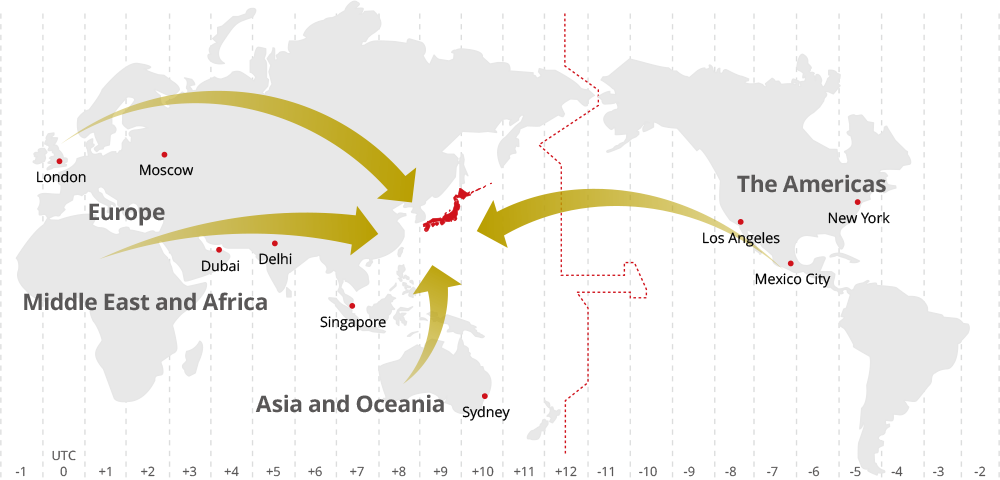
-
North America Approximate flight time Los Angeles 12 h New York 14 h 15 min Toronto 13 h 20 min Mexico City 14 h 35 min Europe / Middle East Approximate flight time Frankfurt 11 h 30 min London 11 h 50 min Madrid 13 h 20 min Moscow 10 h 15 min Paris 11 h 50 min Rome 12 h 20 min Dubai 9 h 10 min Asia / Oceania Approximate flight time Bangkok 5 h 55 min Beijing 3 h 15 min Delhi 7 h 50 min Hanoi 4 h 35 min Hong Kong 3 h 50 min Jakarta 7 h 20 min Kuala Lumpur 6 h 45 min Manila 4 h 30 min Seoul 2 h 20 min Shanghai 2 h 50 min Singapore 6 h 55 min Sydney 9 h 35 min Taipei 3 h 20 min
Bullet Train Network

-
Offering an efficient, convenient and high-speed way to get around Japan, the shinkansen (bullet train) operates from Tokyo to major cities at regular intervals.For example, Tokyo to the Kansai region including Kyoto and Osaka is a two-and-a-half to three-hour journey on the Tokaido Shinkansen. Usually, trains depart within ten-minute intervals. And from Osaka, the Tokaido Shinkansen merges into the Sanyo Shinkansen for a journey to Hakata (Fukuoka) and beyond. Besides the popular Tokaido-Sanyo Shinkansen, there are other shinkansen routes that extend through Japan.
Shinkansen offers three types of seats at different prices. Visitors to Japan can save on railway travel including Shinkansen fees by purchasing one of the variety of passes available.
For further information please visit:
